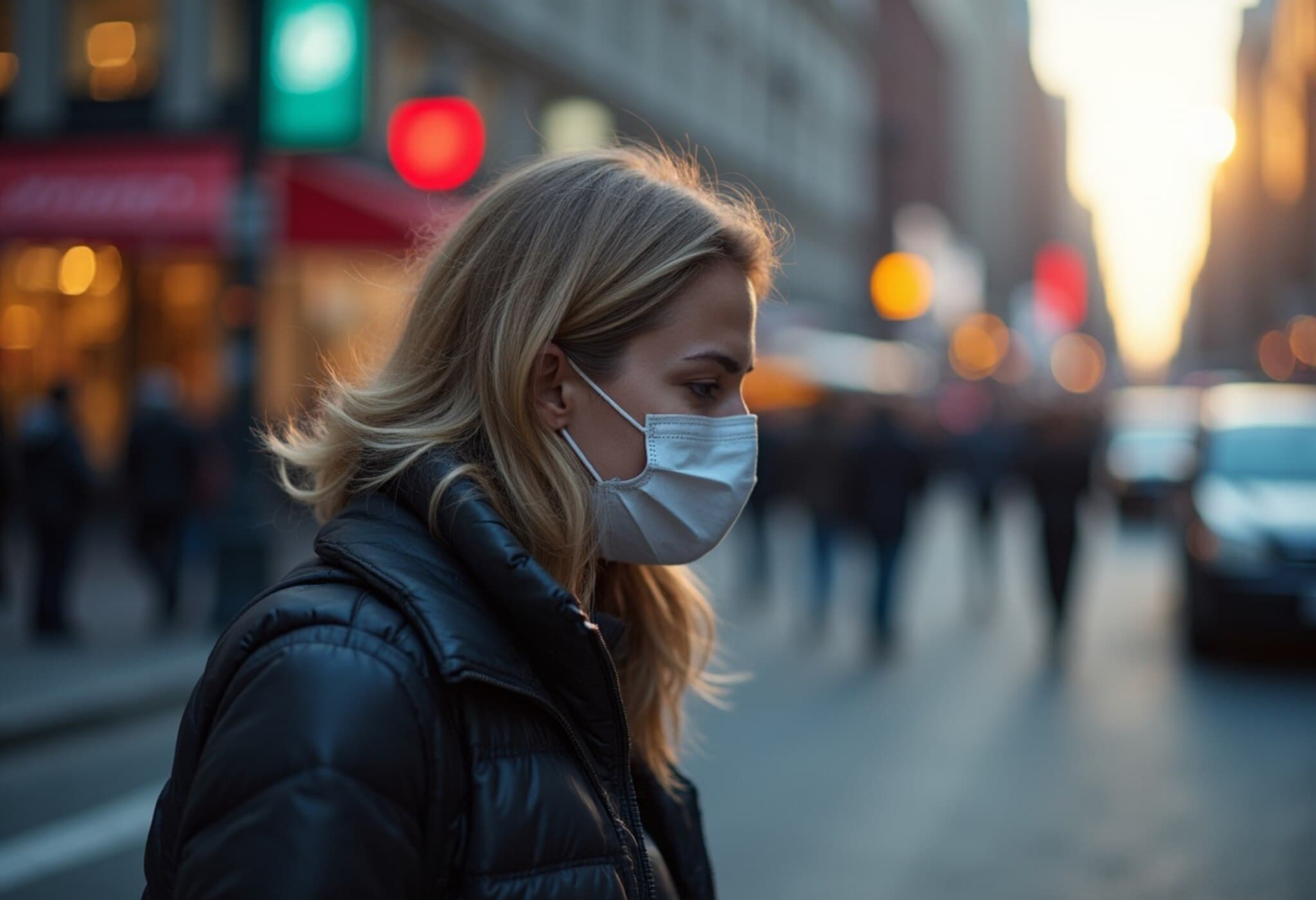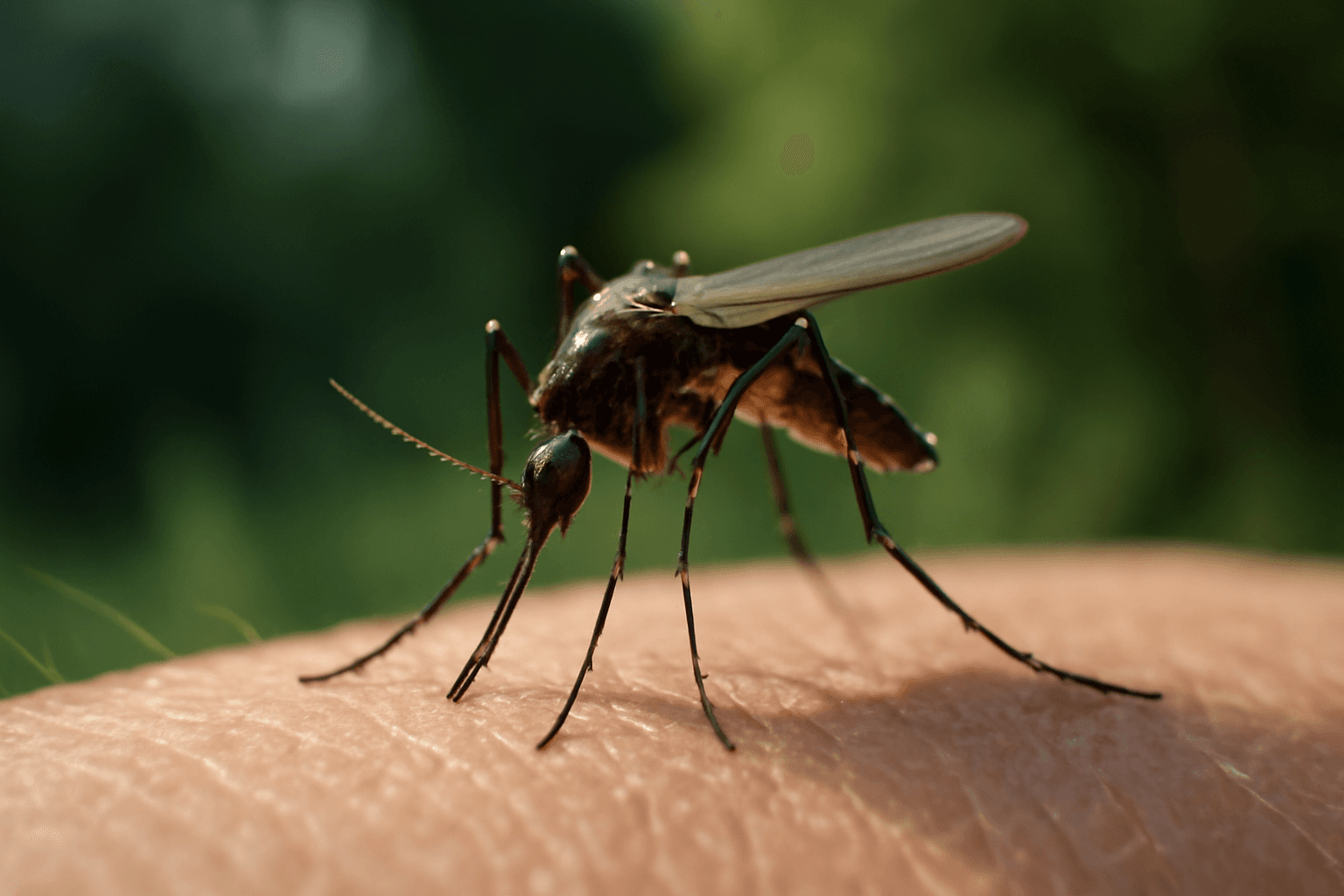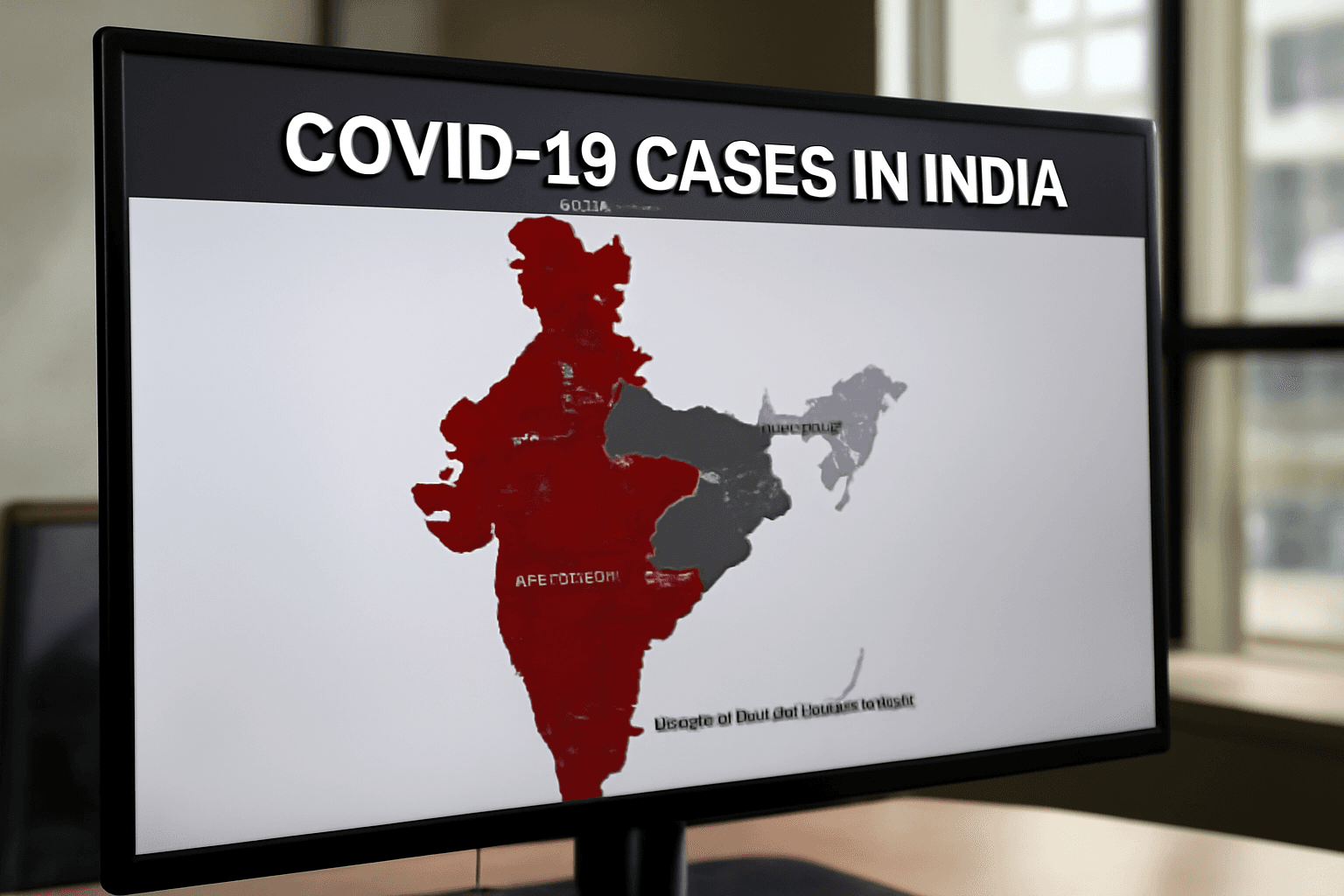India is currently grappling with approximately 257 active COVID-19 cases, primarily concentrated in the states of Kerala, Tamil Nadu, Maharashtra, Karnataka, and Delhi. While the majority of cases remain mild and manageable at home, the government and health agencies are closely monitoring the evolving situation. Special advisories have been issued for vulnerable groups, including pregnant women, children, and individuals with pre-existing health conditions.
After experiencing significant disruptions from 2019 to 2022 due to the virus, COVID-19 is resurfacing in Asia, with Singapore and Hong Kong witnessing notable case increases recently. In India, two sub-variants, NB.1.8.1 and LF.7, have emerged and been detected in various regions. Although the disease is still classified as endemic and does not pose an immediate threat, understanding these new variants requires closer examination.
Current Situation
The active COVID-19 cases in India currently total 257, with Kerala recording the highest numbers. Despite the increase, most cases are mild, and public health policies remain actively directed at monitoring and prevention, particularly for at-risk populations.
Understanding the New Variants
NB.1.8.1 and LF.7 are two recently identified sub-variants of the coronavirus in India. The former was first reported in Tamil Nadu in April 2025, while LF.7 cases emerged in Gujarat in May of the same year. Classified by the World Health Organization (WHO) as Variants Under Monitoring (VUMs), neither variant currently meets the criteria for Variants of Concern (VOCs). However, their emergence has been associated with increased COVID-19 cases across Asia, indicating a potential increase in transmissibility.
Genetic Variations
Both variants exhibit unique genetic mutations that distinguish them from earlier strains such as Delta and Omicron. These mutations may influence the virus's transmission characteristics and its interaction with the immune system, warranting careful observation.
Transmission Dynamics
Initial assessments suggest that NB.1.8.1 and LF.7 may spread more rapidly than older variants, contributing to the recent uptick in cases. However, the severity of illness remains less concerning than during the initial Delta wave, with current infections largely resulting in mild symptoms.
Severity and Vaccine Efficacy
Despite their spread, infections from NB.1.8.1 and LF.7 appear similar to mild flu symptoms, with most patients recovering without hospitalization. Notably, existing vaccines continue to demonstrate effectiveness against these variants, and public health officials stress the importance of vaccination and booster shots to sustain immunity.
Geographic Spread in India
NB.1.8.1 was detected first in Tamil Nadu, while LF.7 has been confirmed in Gujarat. Other states, including Kerala and Maharashtra, continue to report cases linked to both variants. Although the situation requires attention, health authorities deem the rise in cases manageable at this time.
Ongoing Monitoring
The Indian government is employing genomic surveillance to track the development of these variants. Continued vigilance is essential, and health authorities recommend standard preventive measures: wearing masks in crowded areas, maintaining hand hygiene, avoiding large gatherings, and keeping vaccination schedules up to date.
Public Health Perspective
While the emergence of new variants warrants attention, health experts emphasize that panic is unwarranted as the current situation remains stable. Engaging with credible information sources and adhering to health guidelines will mitigate fears and contribute to effective public health management.



















